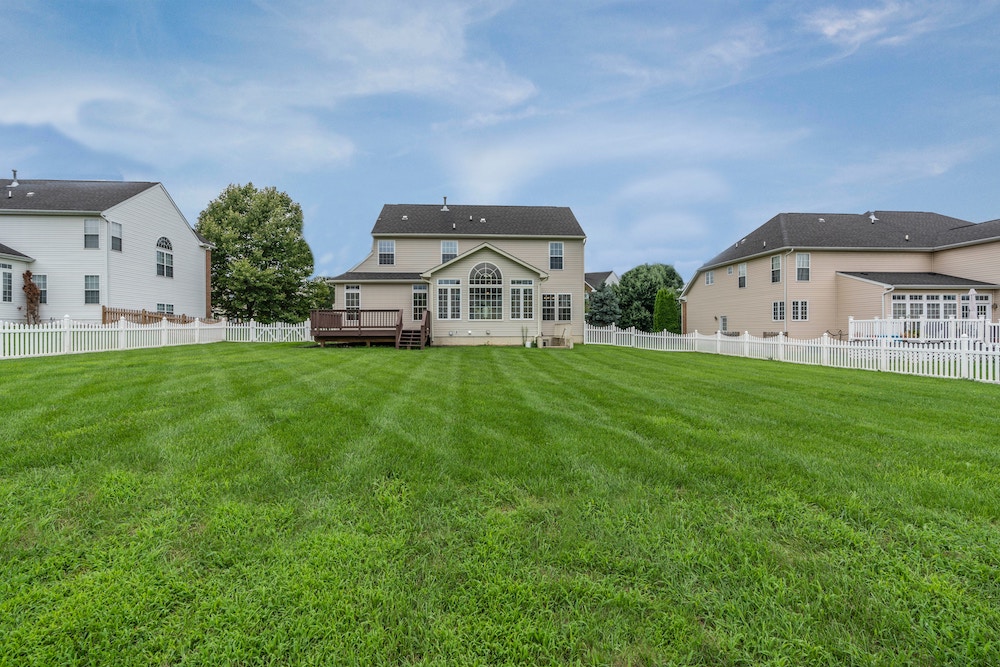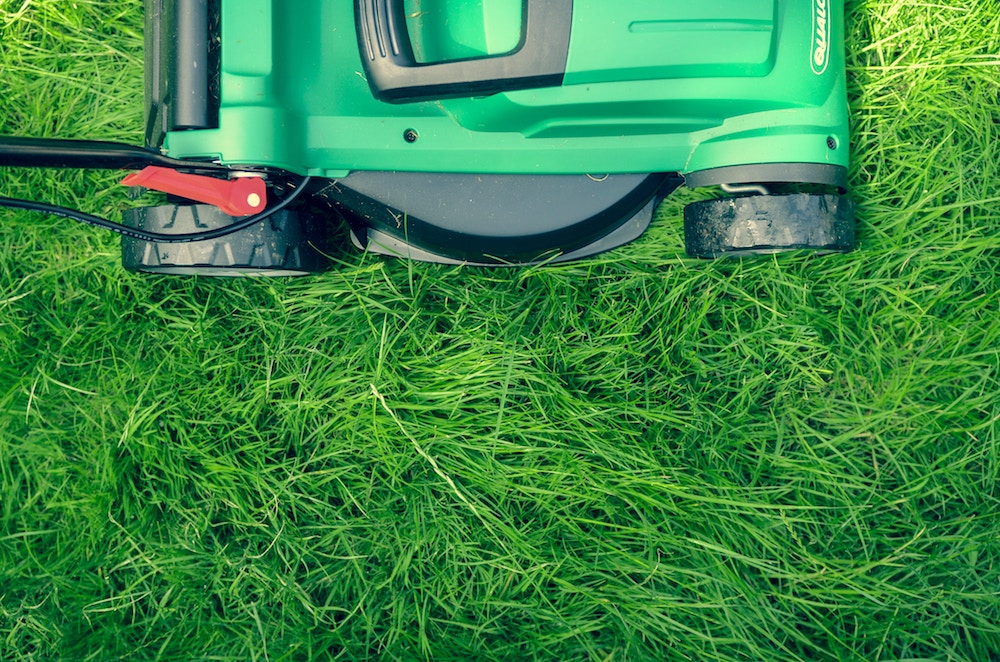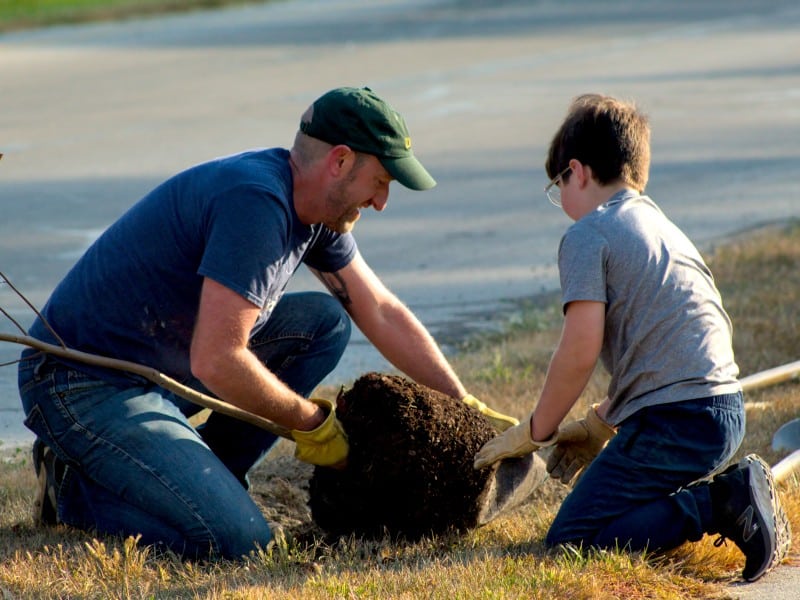Ask An Environmentalist: What is the most environmentally friendly way to maintain my lawn?
Simple tips to do less to your lawn while creating more environmental benefits.

For many people in northeast Indiana, late spring and early summer is the season of flocking to home improvement and hardware stores to create that luscious green, carpet-like lawn that American dreams are made of.
But if the hustle and bustle of lawn maintenance isn’t your thing, the good news is: There are ways to do less to your lawn while creating more environmental benefits.
Here are a few ways that less is more in your lawncare routine.

Use less toxic products and fewer of them. There are “natural” and organic lawn care services available for hire, or you can source more environmentally responsible products. There are many weed and pest control recipes online that claim to be effective as well as some available for purchase. But one product that many homeowners use is lawn fertilizer.
Organic fertilizers are generally considered safer than chemicals, but timing and quantity are key. I’m not a lawncare expert, but I know that nutrient (aka fertilizer) runoff into waterways is one of America’s most widespread, costly, and challenging environmental problems. In our region, runoff often goes into our three rivers and impacts projects like Riverfront development.
So when you fertilize, make sure to use “no phosphorous” products, don’t over-apply, and don’t use them when rain is forecast in the next 24 hours. And remember, don’t fertilize near hard surfaces or streams where it can get washed away.
If you want to take it a step further, consider starting to compost and use that for fertilizer instead. Top dress your lawn with your own composted food scraps, and know that you’re saving money and the earth at the same time.
Get rid of the toxic products appropriately. If you have toxic lawn chemicals from the past and choose not to continue using them, don’t throw them in the trash where they have to potential to leach into water sources. Household hazardous waste is collected every Tuesday and first Saturday of the month at the Allen County Department of Environmental Management’s facility off of Lima Rd. for minimal fees. Make use of this service, and recycle safely.

Do less to your lawn period. For many Americans, the bright green lawn with perfect mow-lines is an aspiration. There is a status associated with having the free time, money, and ownership of property that has developed around lawns (as well as a stigma against neighbors who don’t keep up). But there is a benefit to less mowing, raking, and weeding. Doing less with your lawn means doing more for wildlife by helping important creatures like pollinators find habitats to survive.
Go a step further by reducing the amount of space your lawn takes up on your property. You can do this by adding more bedding areas with plants, preferably native ones. Native plants require less upkeep than exotic species because they have evolved to survive in northeast Indiana’s climate, and they will provide habitats for our native wildlife, especially essential pollinators, like bees, that have seen population crashes in recent years. As an added benefit, there’s less lawn to maintain. In fact, some people are choosing to go lawn free completely.
Grasscycle the lawn that is left. Did you know that about half of residential trash in the summer consists of yard waste that will get buried in the landfill where it takes up rapidly diminishing space? When buried, this organic material decomposes anaerobically and creates the greenhouse gas methane. To prevent contributing to these problems, try “grasscycling” or leaving clippings on the lawn when you mow. Contrary to popular opinion, this does not kill the grass; instead, it conserves moisture and recycles nutrients. And yes, it is another way to do less to your lawn while creating more benefit for our environment.
Think about all of the resources that go into producing, packing, shipping, purchasing, transporting, applying, growing, and maintaining a lawn. Then add bagging, trucking, and landfill disposal of clippings to that list.
Even if you still prefer a tidy lawn to a natural one, try to find small ways to reduce your negative impacts this summer while increasing your environmentally positive ones.











